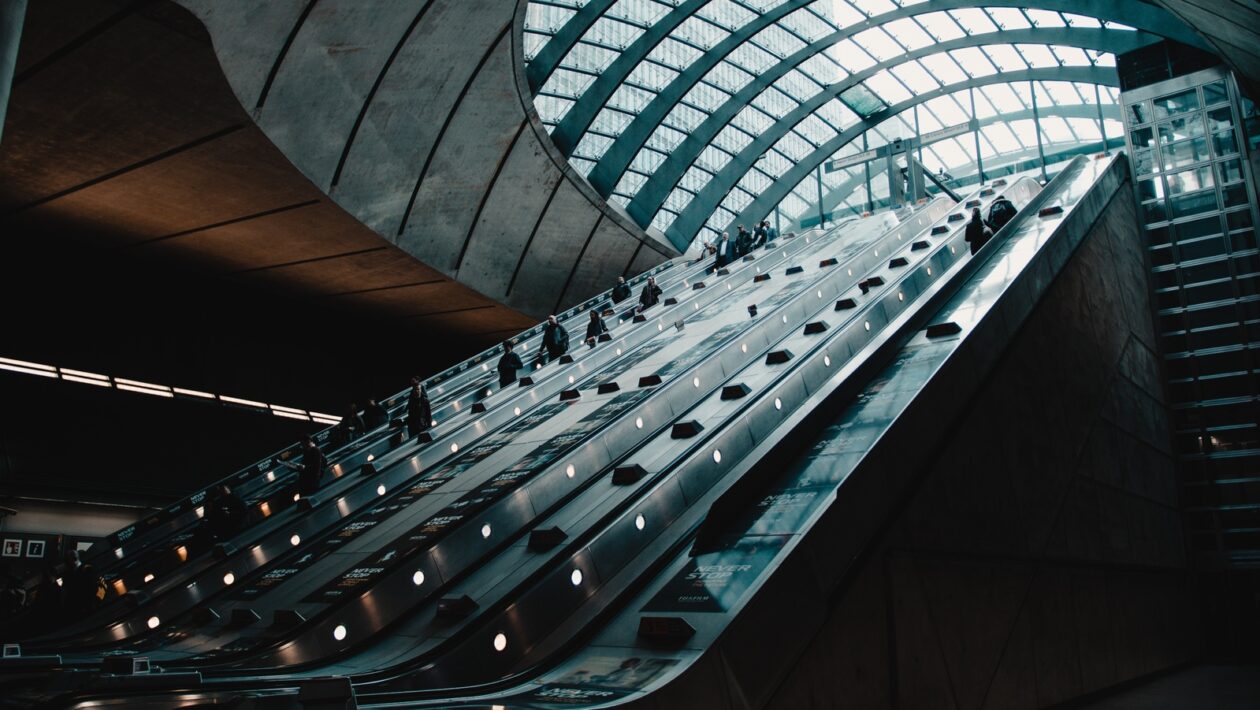A Canvas of Beauty
The Elizabethan era (1558-1603) was a time of artistic expression, and the concept of beauty extended beyond clothing to encompass makeup and hairstyles. The men and women of this era used cosmetics and elaborate hairstyles to create stunning visual effects that showcased their taste, social status, and creativity.
Pale Complexions and Porcelain Skin
A hallmark of Elizabethan beauty standards was the preference for a pale and flawless complexion. Women used a variety of techniques to achieve this ideal, including applying ceruse, a white lead-based makeup, to their faces. This practice not only lightened the skin but also created a stark contrast with the vibrant colors of their attire.
Cherished Cosmetics
Cosmetics were highly valued and were often imported from distant lands. Apart from ceruse, women used vermilion, a red pigment, to create rosy cheeks and lips. Kohl was used to darken the eyebrows and outline the eyes, creating an alluring and dramatic gaze. These cosmetics were carefully applied to enhance features and achieve a desired aesthetic.
Noble Birthmarks and Beauty Patches
Beauty patches, known as “mouches” or “spots,” were small fabric or paper shapes that were applied to the face. These patches were not just decorative; they had coded meanings. A patch near the eye might be called a “mourning patch” and was worn to signify sorrow, while a patch near the mouth could suggest coquettishness. These patches allowed individuals to communicate through visual symbols.
Elaborate Hairstyles as Artistry
Hairstyles in the Elizabethan era were intricate and elaborate, often adorned with jewels, ribbons, and even miniature sculptures. Women’s hair was styled high on the head, creating a voluminous appearance that added to their stature and elegance. Hairpieces and wigs were also used to achieve these elaborate looks.
The Influence of Queen Elizabeth
Queen Elizabeth I’s own beauty practices set the tone for the courtly fashion of the time. She was known for her fair skin and red-gold hair, and her signature look influenced the hairstyle and makeup choices of women across the kingdom. The use of wigs and hairpieces to imitate the Queen’s hairstyle became a common practice.
Men’s Grooming and Bearded Elegance
Men also participated in the beauty rituals of the era. A well-groomed appearance was essential, and men used pomades and oils to style their hair. Beards were often worn in various shapes and styles, from the pointed beard to the rounded Van Dyke beard. Facial hair was a symbol of masculinity and could also convey class and status.
Theatrical Influences and Exaggeration
The Elizabethan era was a theatrical period, and this theatricality extended to beauty practices. Makeup and hairstyles were often exaggerated to create dramatic effects. Elaborate coiffures and bold makeup choices allowed individuals to transform themselves, much like actors on a stage, enhancing their visual impact.
Continuing Legacy and Inspiration
The influence of Elizabethan makeup and hairstyles can be seen in modern beauty trends. The use of cosmetics to enhance features, the importance of a well-groomed appearance, and the creative manipulation of hair continue to be important aspects of contemporary beauty routines.
Artistry Beyond Adornment
Elizabethan makeup and hairstyles were more than mere adornment; they were expressions of artistry and cultural values. These practices allowed individuals to experiment with their appearance, communicate messages, and assert their identity in a world where visual presentation held immense significance.
Conclusion
Elizabethan makeup and hairstyles were intricate forms of artistic expression that went beyond conventional beauty standards. From the pale complexion to the elaborate coiffures, these practices served as both personal adornment and tools of communication. As we explore the world of Elizabethan beauty, we uncover a rich tapestry of creativity and cultural significance that continues to inspire and captivate.

